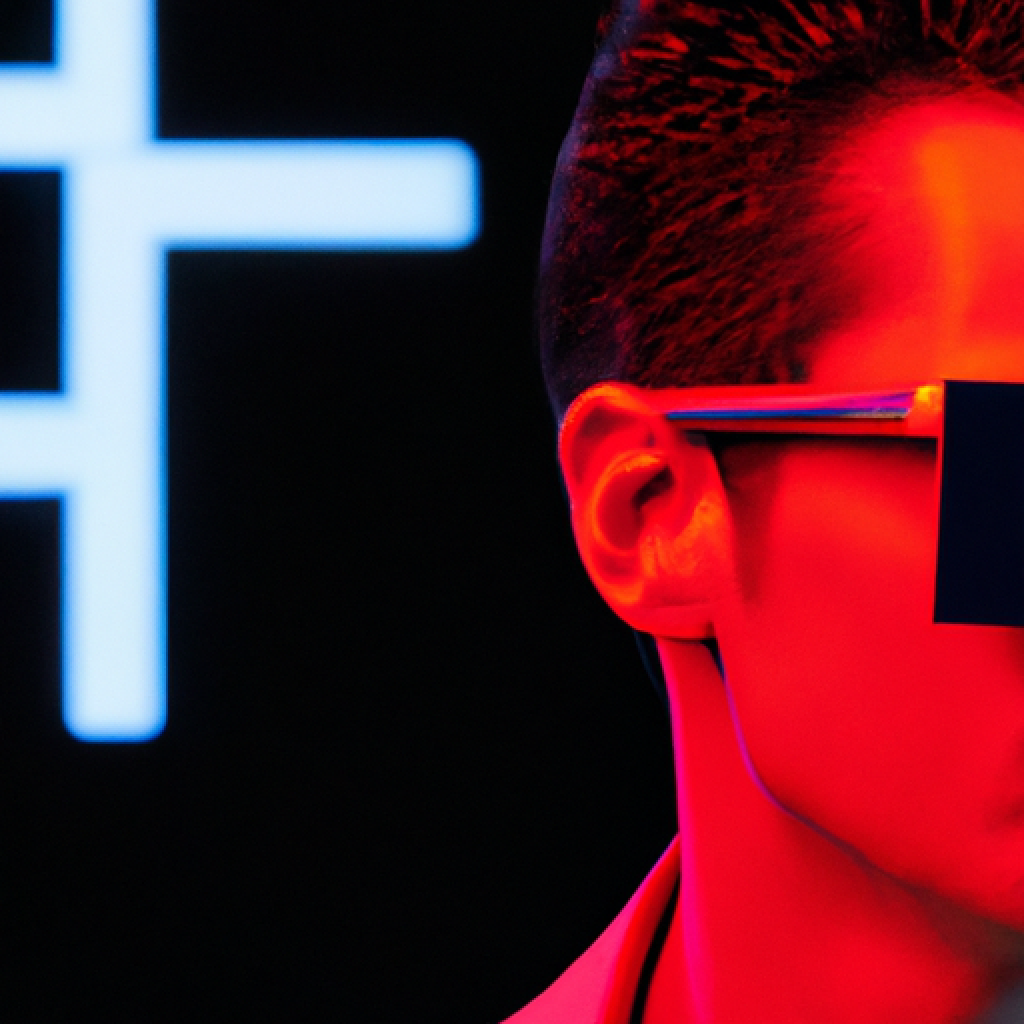What Is Trending In Wearable Tech?
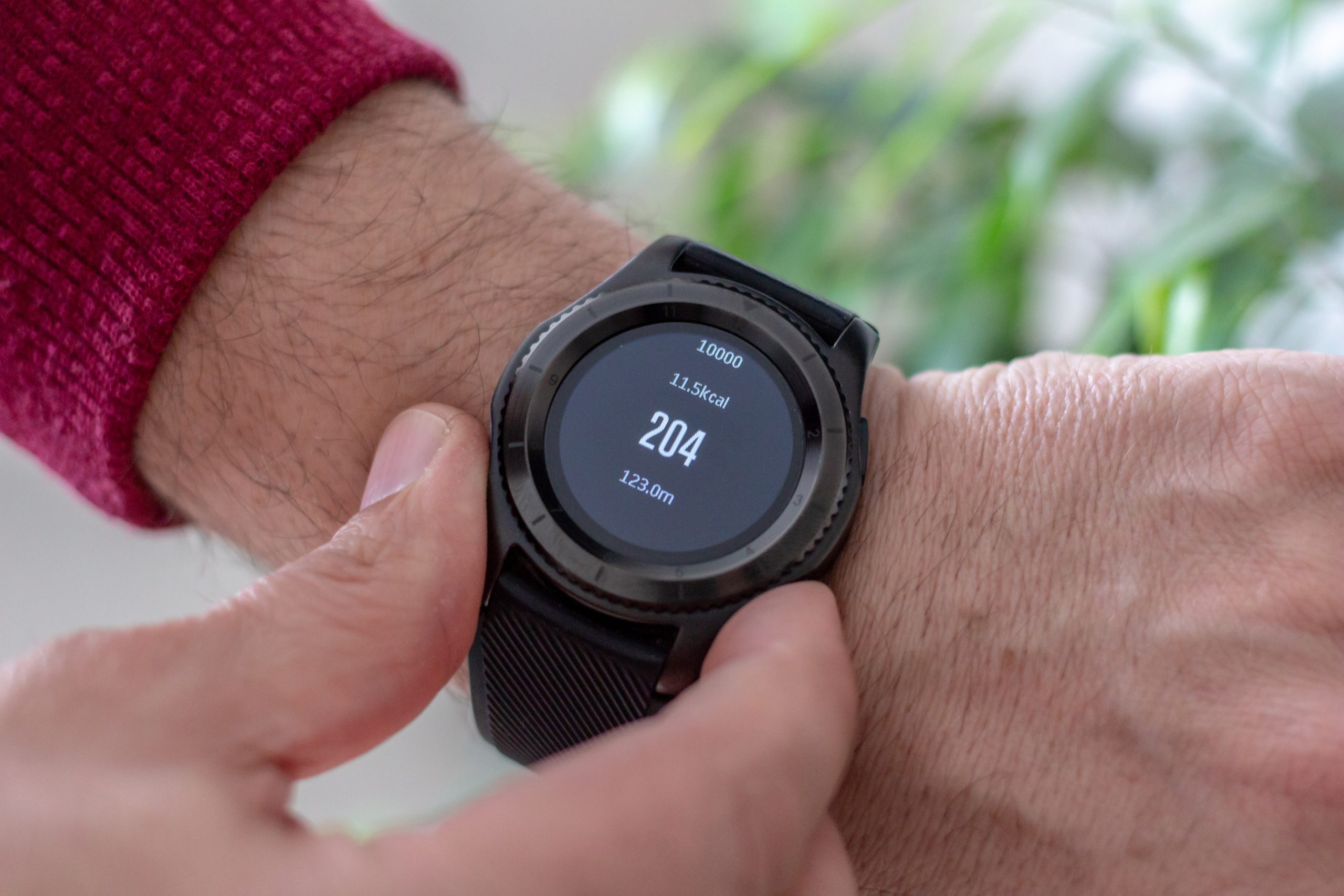
So, you’re curious about what’s hot in the world of wearable tech, huh? Well, I’ve got all the juicy details you’ve been searching for. From sleek smartwatches to cutting-edge fitness trackers, the wearable tech industry is booming like never before. And with the latest advancements in virtual reality headsets and smart clothing, it’s safe to say that the future is looking pretty stylish. So sit back, relax, and let me take you on a journey through the hottest trends in wearable tech right now.
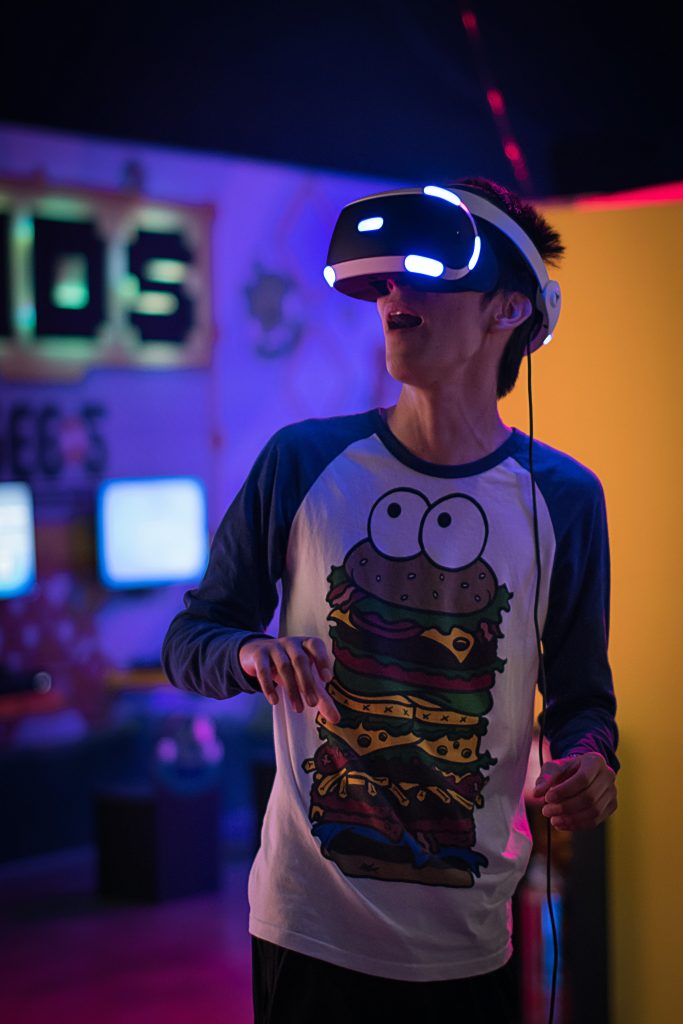
Health and Fitness Trackers
Emergence of advanced features
In recent years, health and fitness trackers have become increasingly popular among individuals seeking to improve their overall well-being. These wearable devices, often worn on the wrist, offer a wide range of advanced features that go beyond simply counting steps or tracking calories. Nowadays, health and fitness trackers are equipped with heart rate monitors, sleep trackers, GPS functionality, and even stress level sensors. These advanced features allow users to gain a comprehensive understanding of their health and fitness levels, enabling them to make more informed decisions about their lifestyle choices.
Integration with Mobile and Web applications
One of the key reasons for the widespread adoption of health and fitness trackers is their seamless integration with mobile and web applications. These applications provide users with real-time data and comprehensive analyses of their health and fitness metrics, allowing them to set and track their goals more effectively. Whether it’s tracking daily activity levels, monitoring sleep patterns, or analyzing heart rate trends, the integration of health and fitness trackers with mobile and web applications has revolutionized the way individuals manage and track their overall health and well-being.
Consumer adoption and market growth
The consumer adoption of health and fitness trackers has witnessed exponential growth over the years, with individuals recognizing the potential benefits these devices offer in terms of self-monitoring and motivating lifestyle changes. The market for health and fitness trackers has also experienced significant growth, with various leading brands competing to offer the most advanced features and designs. This increased competition has resulted in the availability of a wide range of health and fitness trackers, catering to different consumer preferences and budgets. As the demand for these devices continues to surge, manufacturers are constantly innovating and introducing new features to capture a larger market share.
Smartwatches
Latest brands and models
Smartwatches have evolved beyond just being a convenient extension of our smartphones. With their sleek designs and advanced functionalities, the latest brands and models have taken the wearable tech market by storm. Companies like Apple, Samsung, and Garmin are at the forefront, constantly pushing the boundaries of what a smartwatch can do. The Apple Watch Series 6, for example, boasts features like ECG monitoring and blood oxygen level tracking, while the Samsung Galaxy Watch offers impressive fitness and sleep tracking capabilities. The Garmin Fenix series caters to outdoor enthusiasts with features like GPS navigation and long battery life. With a plethora of choices available, consumers can find a smartwatch that meets their specific needs and preferences.
Innovation in functionality
The functionality of smartwatches has made significant advancements, offering users much more than just the ability to check their notifications on their wrists. These devices now act as comprehensive health and fitness companions, enabling users to track their exercise routines, monitor their heart rate, and even analyze their sleep patterns. Smartwatches also offer built-in GPS functionality, allowing users to accurately track their location and distance when engaging in outdoor activities. Furthermore, many smartwatches now feature contactless payment options, making them convenient alternatives to carrying cash or credit cards. With continuous innovation, smartwatches are becoming increasingly integrated into our daily lives as essential wearable devices.
Market trends
The smartwatch market is experiencing remarkable growth, with a steady increase in consumer demand and continuous technological advancements. As more individuals recognize the benefits of owning a smartwatch, the market is projected to expand further. Market trends indicate that there is a shift towards more affordable models, making smartwatches accessible to a wider range of consumers. Additionally, the integration of smartwatches with other wearable devices, such as wireless earbuds, is gaining traction, offering users a seamless and interconnected wearable tech experience. The market is also witnessing a rise in fashion-forward designs, with smartwatches becoming stylish accessories as well as functional gadgets.
Wearable Cameras
Emergence of 360-degree models
The emergence of 360-degree models has revolutionized the field of wearable cameras. These compact and portable devices capture immersive panoramic footage, allowing users to relive their experiences in a whole new way. With 360-degree cameras, users can capture a complete view of their surroundings, whether they are hiking in the mountains or attending a live concert. The ability to record videos in all directions has opened up a world of creative possibilities, making wearable cameras more than just a tool for capturing memories – they have become a means of storytelling.
Portable and wearable design evolution
As the technology behind wearable cameras advances, so does the design. The evolution of portable and wearable designs has made these cameras more user-friendly, compact, and lightweight. The latest models are often small enough to be attached to clothing or accessories, allowing users to capture footage hands-free. This portability and convenience have made wearable cameras popular among adventurers, athletes, and content creators. Whether it’s capturing extreme sports or documenting a travel expedition, wearable cameras offer a unique perspective that traditional cameras cannot replicate.
Impact on sectors like tourism and sports
The impact of wearable cameras on sectors like tourism and sports cannot be overstated. These devices have transformed the way individuals document their experiences and share them with others. In the tourism industry, wearable cameras allow travelers to capture their adventures and share them with friends and family in real-time, immersing them in the joy and wonder of the journey. In the sports industry, wearable cameras have enabled athletes to record their performances from their point of view, providing valuable insights for training and analysis. Additionally, wearable camera footage has become a popular form of content creation, with vloggers and filmmakers using it to captivate their audience and tell compelling stories.
Smart Clothing
Innovative designs and applications
Smart clothing incorporates technology into everyday apparel, resulting in innovative designs and applications. From fitness apparel that tracks heart rate and body temperature to smart fabrics that adapt to different weather conditions, the possibilities are endless. For example, companies like Hexoskin and Athos have developed biometric shirts that monitor vital signs during workouts, providing accurate data for athletes and fitness enthusiasts. Other smart clothing innovations include posture-correcting garments, sensory feedback clothing for individuals with sensory processing disorders, and even clothing embedded with solar panels for charging electronic devices. These advancements in smart clothing have the potential to enhance comfort, performance, and overall well-being.
Adoption in sports and healthcare
The adoption of smart clothing in sports and healthcare has been significant, with professionals and enthusiasts alike embracing the benefits of wearable technology. In the sports industry, smart clothing can provide athletes with real-time data on their performance, allowing them to optimize their training and prevent injuries. This data can include metrics such as heart rate, breathing rate, and body movements. In healthcare, smart clothing has the potential to revolutionize patient monitoring and disease management. Wearable sensors embedded in clothing can continuously monitor vital signs and alert medical professionals of any abnormalities. Smart clothing offers a non-intrusive and continuous monitoring solution, improving patient comfort and the effectiveness of healthcare interventions.
Issues and challenges in adoption
Despite the promising potential of smart clothing, there are still issues and challenges that hinder its widespread adoption. One of the main challenges is the integration of technology into clothing without compromising comfort and aesthetics. Many consumers are hesitant to adopt smart clothing if it feels bulky or looks unconventional. Additionally, there are concerns regarding data privacy and security, as smart clothing collects sensitive personal information. Manufacturers and developers need to address these challenges by focusing on materials and designs that prioritize comfort, appearance, and data privacy. As these obstacles are overcome, smart clothing has the potential to become a staple in our everyday attire, seamlessly integrating technology into our lives.

Virtual Reality Headsets
Latest models and features
Virtual reality (VR) headsets have come a long way since their inception, with the latest models offering improved visuals, enhanced comfort, and advanced features. Companies like Oculus, HTC, and Sony have introduced cutting-edge VR headsets that immerse users in virtual worlds like never before. The Oculus Quest 2, for instance, offers high-resolution displays and wireless freedom, making it one of the most popular VR headsets on the market. The HTC Vive Pro boasts precise tracking and a wide field of view, catering to gamers and VR enthusiasts. Sony’s PlayStation VR provides an immersive gaming experience for console gamers. With advancements in technology, VR headsets are blurring the line between reality and virtuality.
Application in gaming and entertainment
Virtual reality headsets have brought a new dimension to gaming and entertainment. The ability to fully immerse oneself in virtual worlds has revolutionized the gaming industry, providing players with unprecedented levels of engagement and realism. VR games allow users to interact with their surroundings and characters, creating an unparalleled sense of presence and excitement. Beyond gaming, VR headsets have expanded into various entertainment avenues, including virtual tours, interactive storytelling, and even live events. Virtual reality is transforming the way we consume media and experience entertainment, offering a level of escapism and engagement that was once considered science fiction.
Growing market trends
The market for virtual reality headsets is witnessing steady growth, driven by increasing consumer demand and technological advancements. As the technology becomes more accessible and affordable, more individuals are embracing VR headsets for gaming, entertainment, and even educational purposes. Market trends indicate a shift towards standalone VR headsets that eliminate the need for a wired connection to a PC or gaming console. The emergence of social VR platforms and multiplayer experiences is also contributing to the growth of the market, as users seek opportunities to connect and interact with others in virtual spaces. The future of VR headsets holds even more possibilities, with advancements in graphics, haptics, and artificial intelligence promising even more immersive experiences.
Augmented Reality Glasses
Pioneering brands and innovations
Augmented reality (AR) glasses have gained traction in recent years, with pioneering brands leading the way in developing innovative and functional devices. Companies like Microsoft with their HoloLens and Google with their Google Glass have introduced AR glasses that overlay digital information onto the real world. The HoloLens, for example, offers a mixed reality experience, combining virtual objects with the user’s real environment. The Google Glass provides hands-free access to information, displaying notifications and other data directly in the wearer’s field of vision. These innovations have paved the way for the integration of AR glasses into various industries and consumer applications.
Applications in different sectors
The applications of augmented reality glasses extend beyond the consumer market, with various sectors embracing this innovative technology. In the business sector, AR glasses have found utility in industrial training, remote assistance, and design visualization. By overlaying digital information onto real-life scenarios, AR glasses enhance efficiency, productivity, and safety in workplaces. In the healthcare sector, AR glasses assist in surgical procedures, allowing surgeons to visualize and interact with patient data in real-time. Education, tourism, and retail sectors have also benefited from the integration of AR glasses, offering immersive experiences, interactive information, and personalized shopping experiences. The versatility and potential applications of AR glasses make them valuable tools for industries seeking innovative solutions.
Market growth and future prospects
The market for augmented reality glasses is witnessing significant growth, driven by the adoption of this technology in various sectors and the continuous advancements in functionality and design. Market trends indicate a shift towards more affordable and lightweight AR glasses, making them accessible to a wider range of consumers and industries. The integration of AR glasses with other wearable devices, such as smartwatches and smartphones, is also on the rise, offering users a seamless and interconnected AR experience. As the technology evolves and the benefits become more evident, the market for augmented reality glasses is expected to expand further, opening up new possibilities for both consumers and businesses.
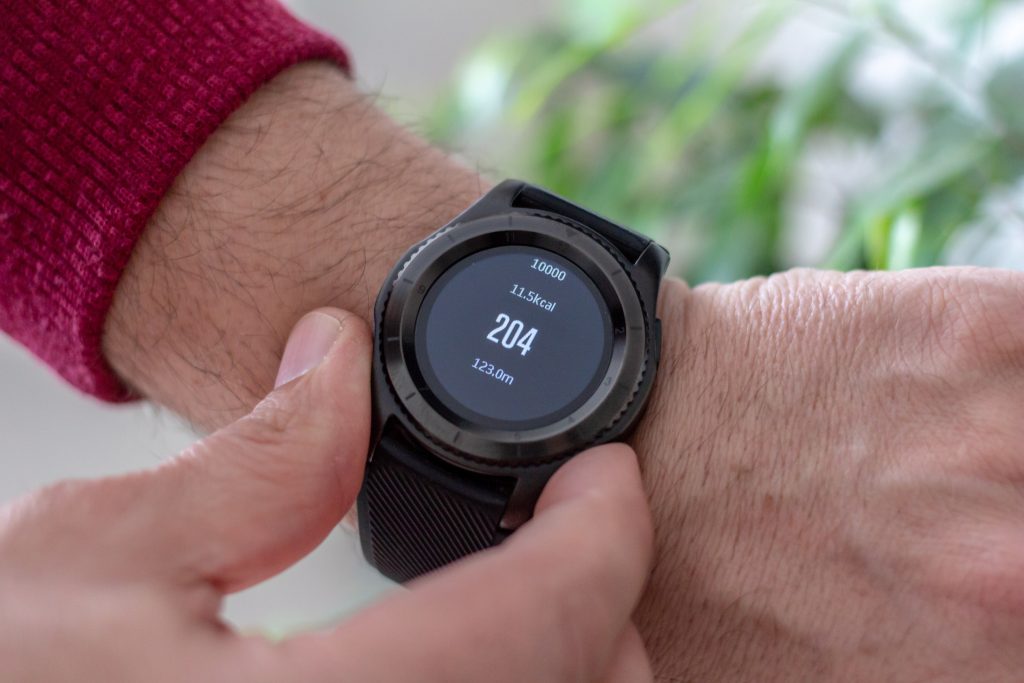
Brainwave-reading Wearables
Introduction and technology behind it
Brainwave-reading wearables are a fascinating advancement in the field of wearable technology. These devices use electroencephalography (EEG) technology to detect and measure brainwave activity, allowing users to gain insights into their cognitive states. By analyzing the electrical activity in the brain, brainwave-reading wearables can provide information about an individual’s focus, stress levels, and even emotions. This technology has the potential to revolutionize various sectors, from mental health and meditation to gaming and productivity.
Methods of use
The methods of using brainwave-reading wearables vary, but most devices involve wearing a headband or headset equipped with EEG sensors. These sensors detect and measure electrical signals generated by the brain and send the data to a connected device for analysis. Users can then interpret the data through dedicated applications or software. Some brainwave-reading wearables also offer real-time feedback, allowing users to actively train their brainwave activity. For example, users can engage in brainwave-based meditation sessions or play games that require focus and concentration. The versatility and potential applications of brainwave-reading wearables make them an exciting and promising technology.
Integration into different sectors
Brainwave-reading wearables have the potential to integrate into various sectors, offering unique benefits and applications. In the field of mental health, these devices can provide valuable insights into an individual’s mental state, helping clinicians diagnose and treat conditions such as anxiety, depression, and attention deficit disorders. In the education sector, brainwave-reading wearables can enhance learning experiences by monitoring students’ engagement and attention levels, ensuring optimized learning environments. Additionally, the gaming industry can leverage this technology to create immersive and adaptive gaming experiences that respond to the user’s brainwave activity. The integration of brainwave-reading wearables into these sectors holds great potential for improving well-being, performance, and overall quality of life.
Implantable Wearables
Concept and purpose
Implantable wearables are a groundbreaking form of wearable technology that takes integration to a whole new level. Unlike external wearable devices, implantable wearables are inserted into the body and provide continuous monitoring and data collection. These devices have various applications, from monitoring chronic health conditions to enhancing human capabilities. The concept behind implantable wearables is to seamlessly integrate technology into the human body, creating a symbiotic relationship between humans and technology for improved health and performance.
Major inventions and their uses
Several major inventions in the field of implantable wearables have changed the landscape of healthcare and human augmentation. Implantable devices like pacemakers and cochlear implants have been around for decades, revolutionizing the treatment of heart conditions and hearing loss. More recently, advancements in implantable technology have led to devices like smart insulin pumps for diabetes management and neurostimulators for pain relief. These devices offer continuous monitoring and treatment, improving patient outcomes and quality of life. Implantable wearables also hold promise for enhancing human capabilities, with developments in brain-computer interfaces and biohacking technologies. These inventions have opened up a world of possibilities for integrating technology into the human body, merging biology and technology in unprecedented ways.
Ethical and health issues related
While the potential benefits of implantable wearables are vast, there are also ethical and health considerations that need to be addressed. The invasive nature of implantable devices raises concerns about the risks associated with surgical procedures and long-term effects on the body. Additionally, the collection and sharing of sensitive personal data from these devices raise privacy and security concerns. Ensuring the safety and privacy of individuals while maximizing the benefits of implantable wearables requires careful regulation, ethical frameworks, and ongoing research. As technology continues to advance, it is essential to engage in conversations about the ethical implications and potential risks associated with implantable wearables to ensure responsible and beneficial implementation.
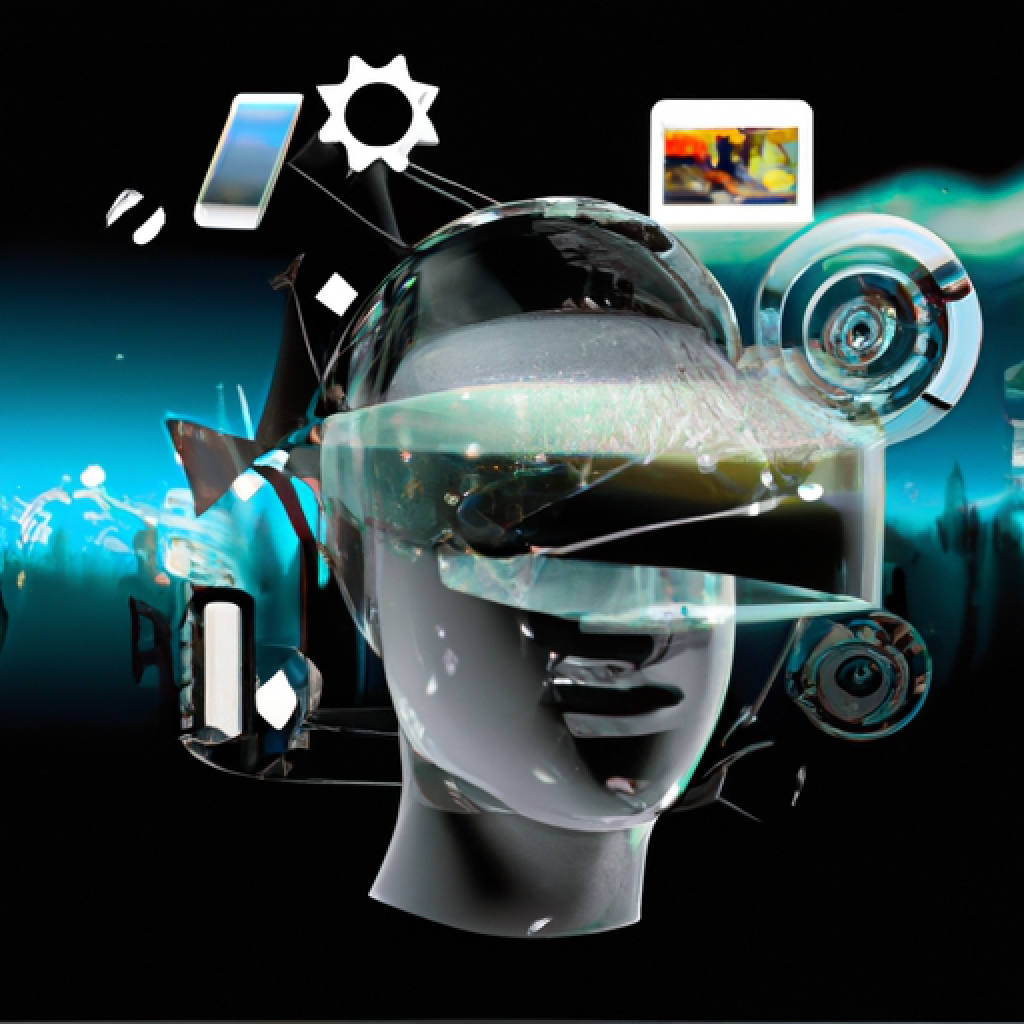
Wearable Tech in Healthcare
Major products and their use in healthcare
Wearable tech has made significant inroads in the healthcare sector, empowering individuals to take control of their health and providing valuable data for medical professionals. Major products in this field include smartwatches with health monitoring capabilities, smart clothing with biometric sensors, and even wearable patches for continuous monitoring of vital signs. These devices can track various health metrics, such as heart rate, blood pressure, sleep quality, and physical activity levels. By collecting this data, individuals can gain insights into their health and make informed decisions about their lifestyle and treatment plans. In healthcare settings, wearable tech provides clinicians with objective data for diagnosis, treatment monitoring, and preventive care.
Impact on patient care and treatment
The impact of wearable tech on patient care and treatment has been significant. By empowering individuals to track their health metrics, wearable tech promotes proactive and preventive healthcare practices. Individuals can identify potential health issues early on, leading to timely interventions and improved outcomes. Wearable tech also allows for remote patient monitoring, enabling healthcare providers to monitor patients’ health in real-time and intervene when necessary. This reduces the need for frequent hospital visits and enables more personalized and efficient care delivery. In addition, wearable tech facilitates the integration of patient-generated data into electronic health records, providing a more comprehensive view of an individual’s health and enhancing the quality and accuracy of medical decision-making.
Future trends and possibilities
The future of wearable tech in healthcare holds immense potential. As technology continues to advance, we can expect more sophisticated and accurate health monitoring capabilities in wearable devices. Artificial intelligence and machine learning algorithms will play a crucial role in analyzing the vast amount of health data collected by these devices, enabling early detection of diseases, personalized recommendations, and predictive analytics. Additionally, the integration of wearable tech with telemedicine and virtual care platforms will further enhance the accessibility and convenience of healthcare services. From personalized medicine to precision therapies, wearable tech is poised to revolutionize healthcare delivery, empowering individuals, and transforming patient care as we know it.
Trends in Wearable Tech Market
Market growth and predictions
The wearable tech market has experienced rapid growth in recent years, and this trend is expected to continue. According to market research, the global wearable tech market is projected to reach a value of billions of dollars in the coming years. The factors driving this growth include increasing consumer awareness and demand for health and fitness monitoring, advancements in technology and miniaturization, and the integration of wearable tech into various industries. As wearable tech becomes more mainstream, the market is expanding beyond early adopters and tech enthusiasts to reach a wider consumer base. This growth trajectory is expected to accelerate as wearable devices become more affordable, versatile, and seamlessly integrated into our daily lives.
Key drivers for growth
Several key drivers are fueling the growth of the wearable tech market. Firstly, the increasing focus on health and wellness has created a demand for devices that promote better self-monitoring and management of health metrics. Additionally, advancements in sensor technology, miniaturization, and battery life have made wearable devices more practical and appealing to consumers. The integration of wearable devices with mobile and web applications has also been a significant driver, as it enhances functionality, data analysis, and user experience. Furthermore, partnerships and collaborations between wearable tech manufacturers and industries like healthcare, sports, and entertainment are driving adoption and expanding the market reach.
Future trends and predictions
Looking ahead, several trends and predictions can be observed in the wearable tech market. Firstly, there will be a continued shift towards wearables that seamlessly integrate into our everyday lives, becoming almost invisible and unobtrusive. This includes devices like smart clothing, implantable wearables, and even smart accessories like jewelry. The convergence of wearable tech with augmented reality and virtual reality is also expected, creating immersive and interactive experiences. The market will witness the emergence of wearable tech for niche applications, such as eldercare, workplace safety, and smart cities. Additionally, there is a growing emphasis on sustainable and eco-friendly wearable tech, with manufacturers exploring materials, manufacturing processes, and energy-efficient solutions.
In conclusion, wearable tech has come a long way, transforming the way we live, work, and interact with the world around us. From health and fitness trackers to virtual reality headsets and brainwave-reading wearables, the advancements in technology have opened up a world of possibilities. As consumer adoption continues to increase and market trends evolve, wearable tech is set to revolutionize various sectors, including healthcare, entertainment, and beyond. The future holds exciting developments, with wearable tech becoming an integral part of our daily lives and empowering us to live healthier, more connected, and enhanced lifestyles.
